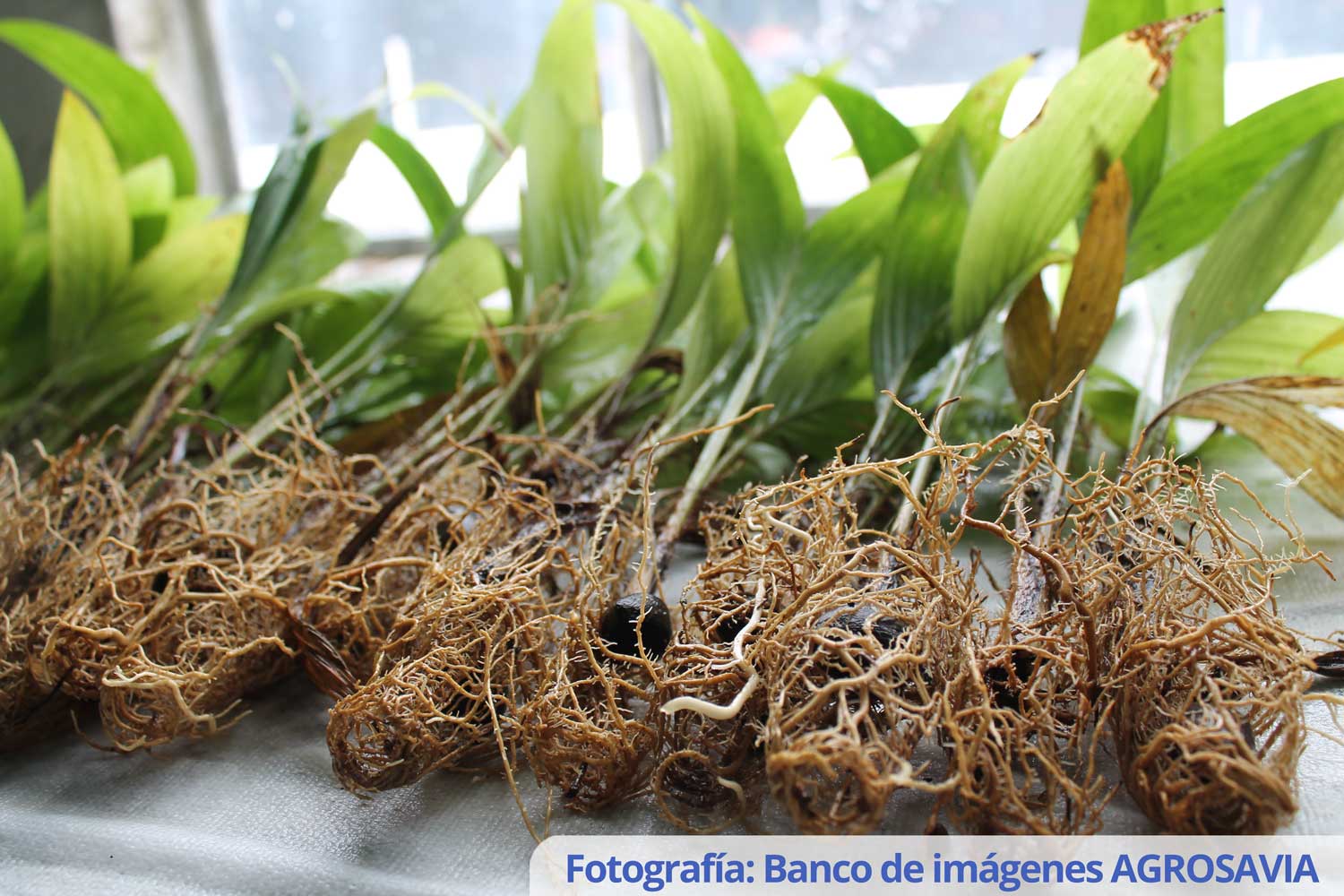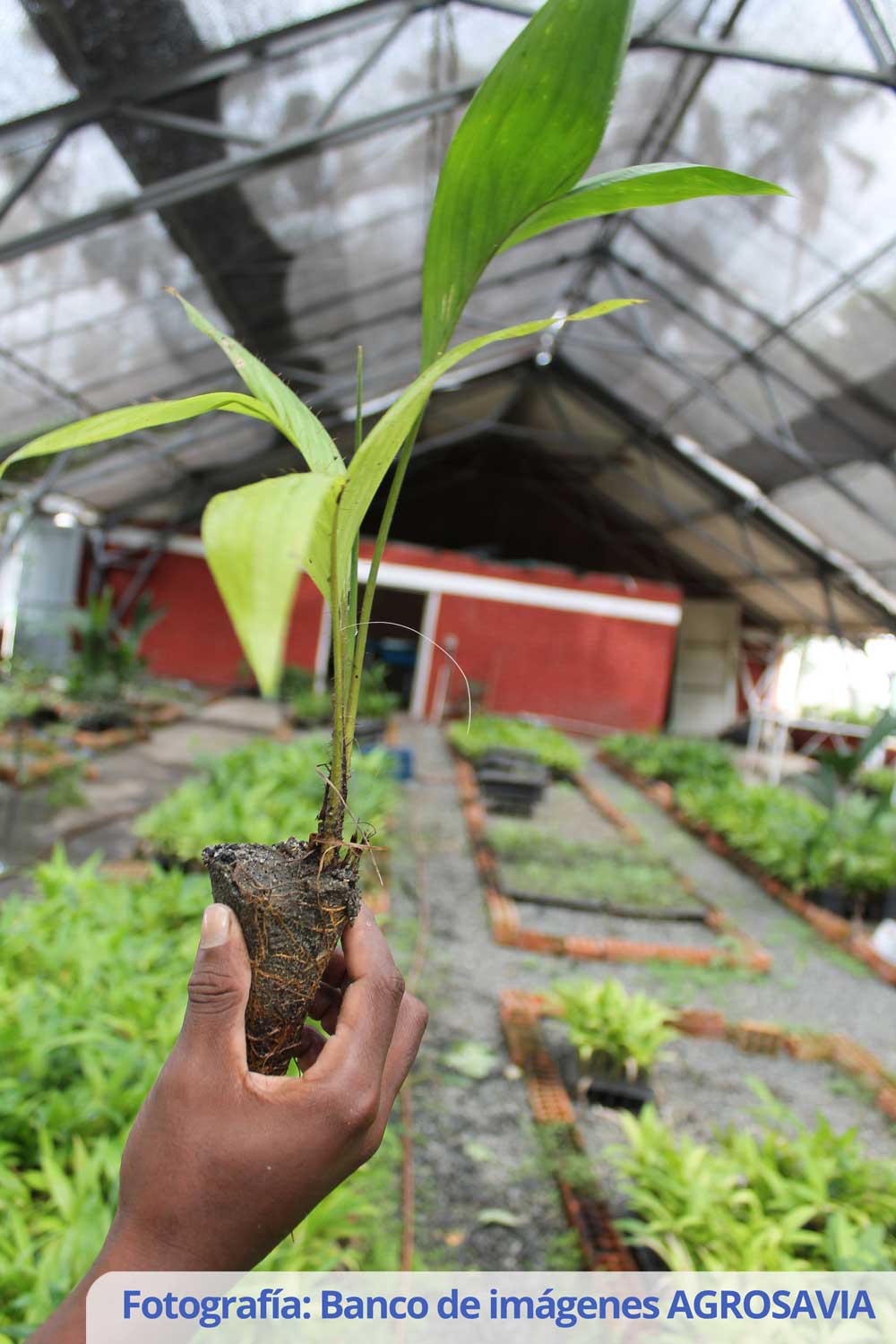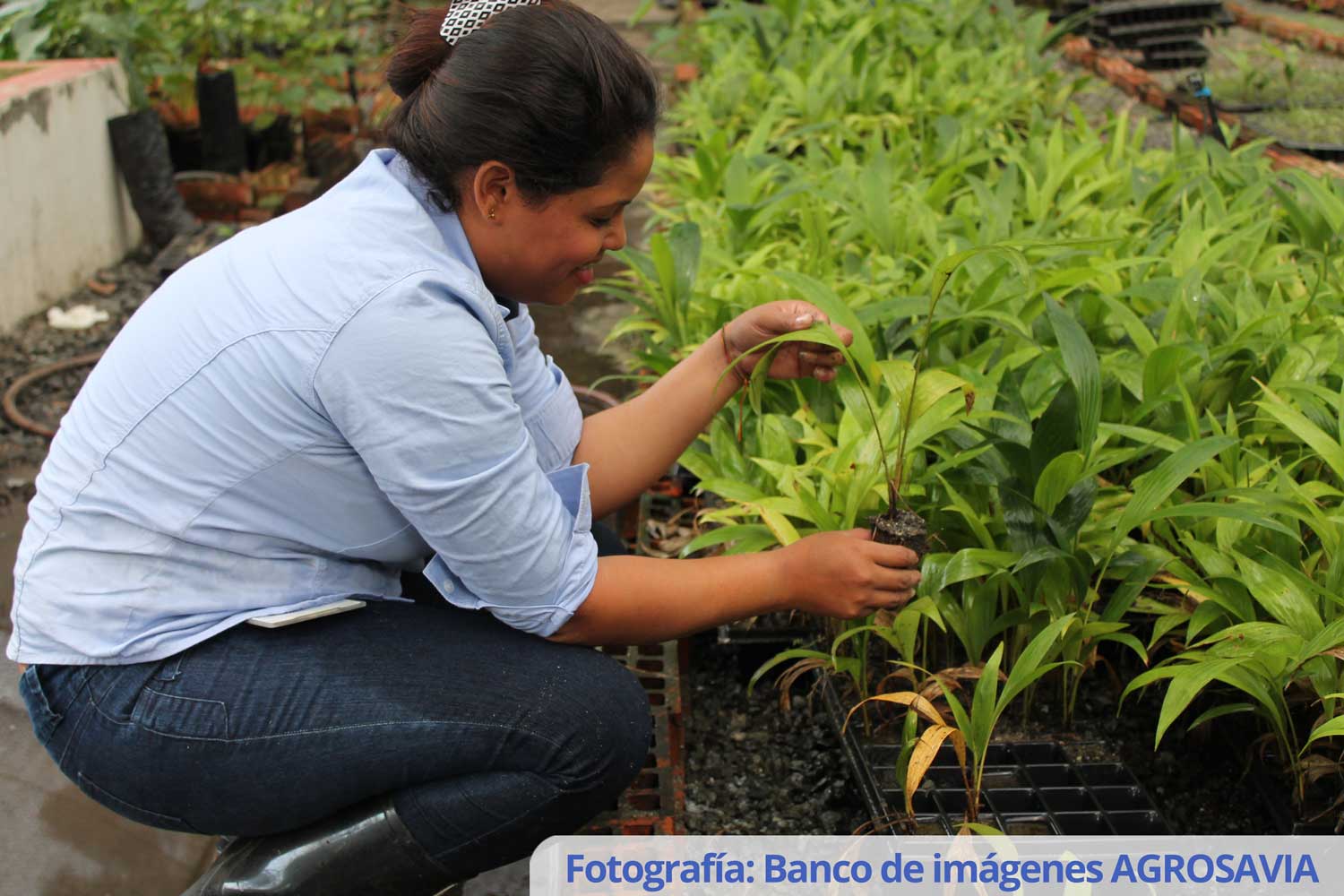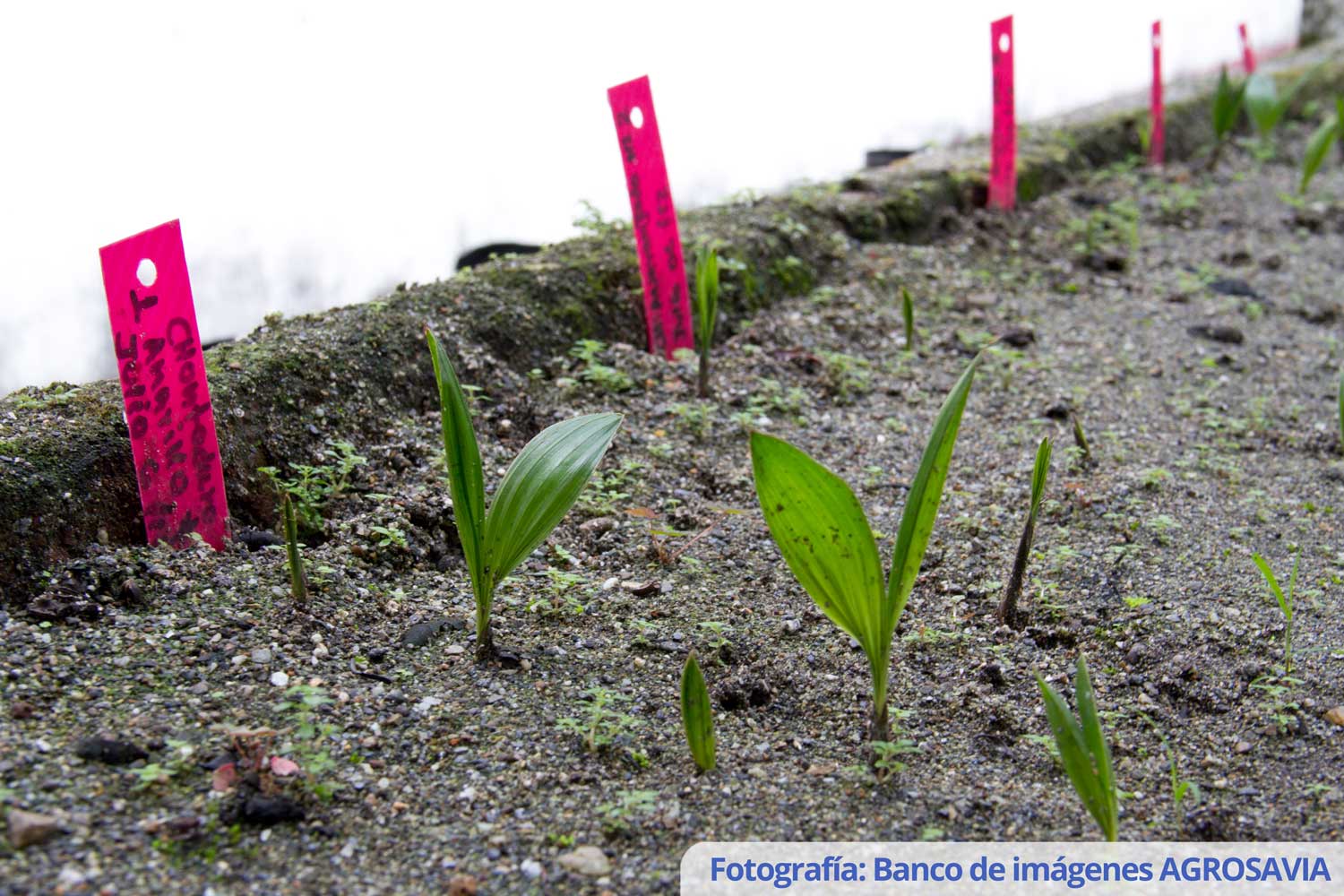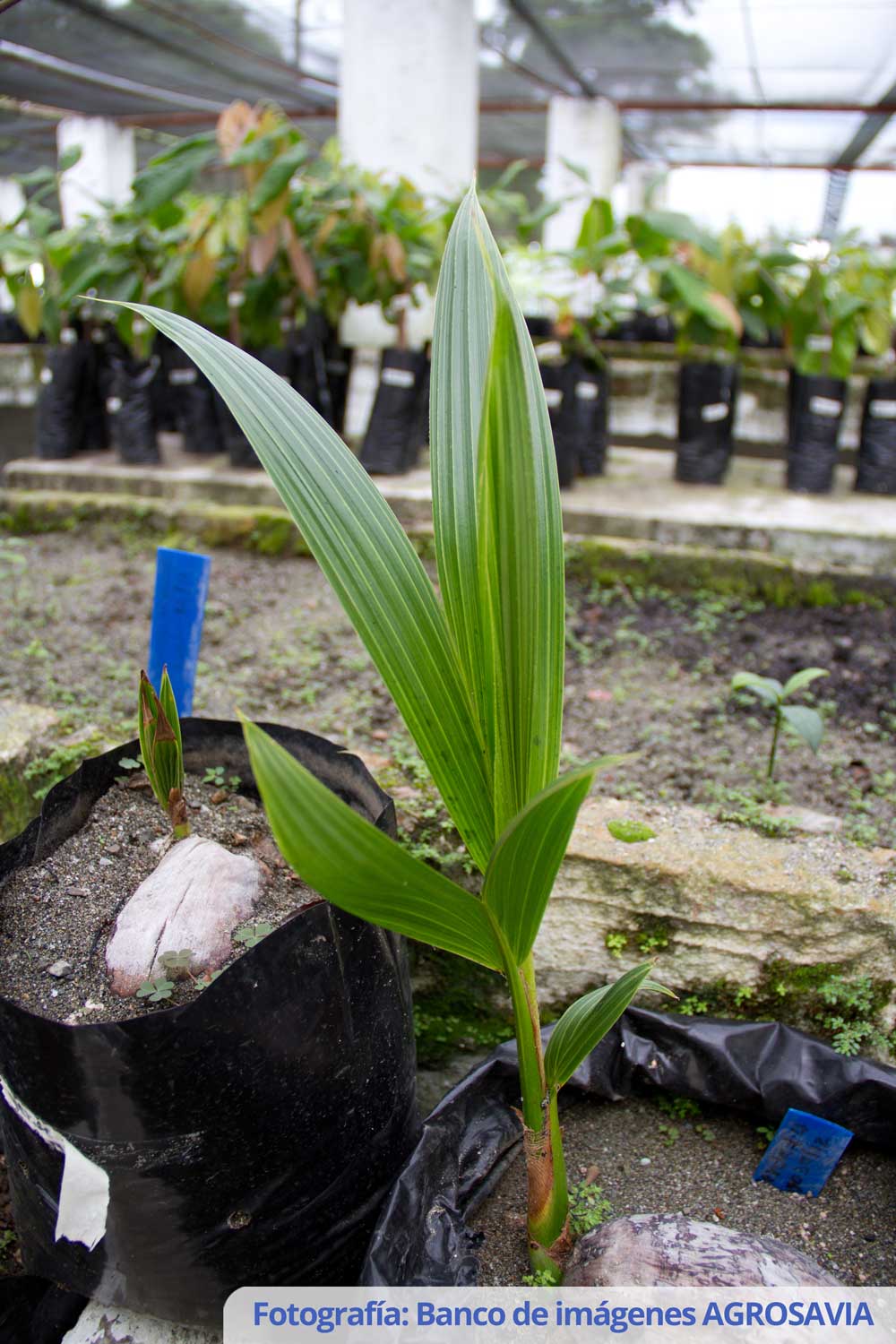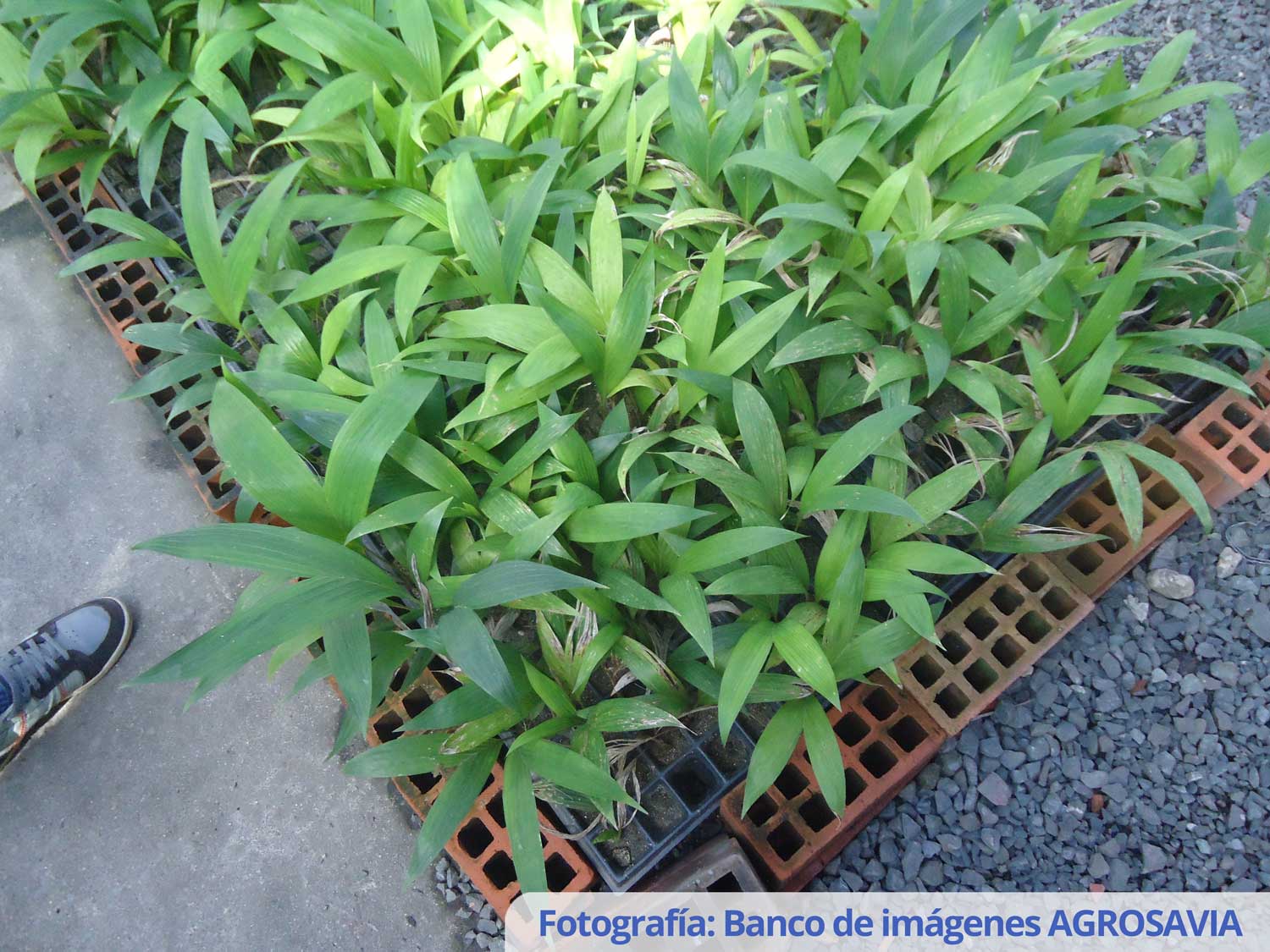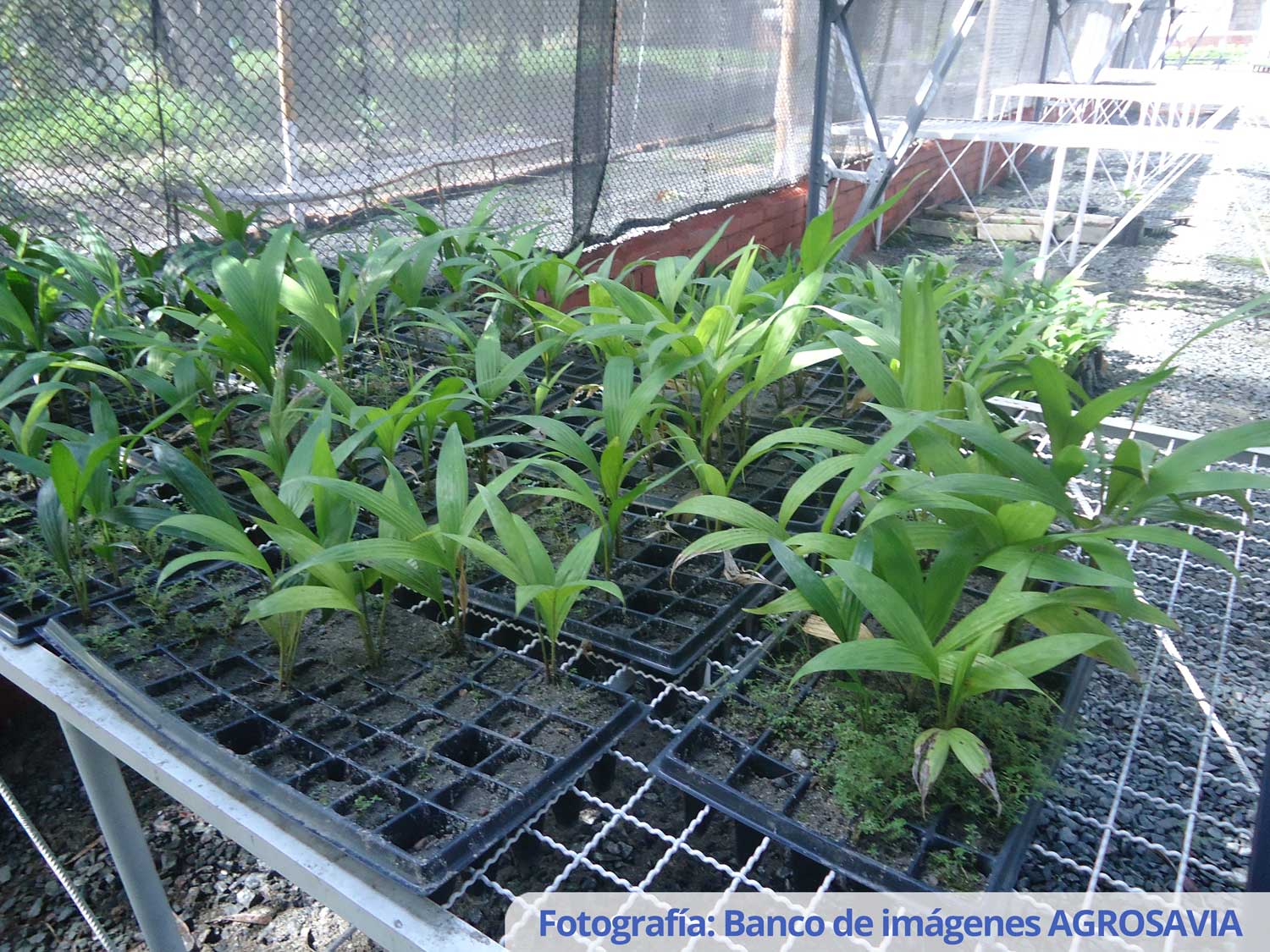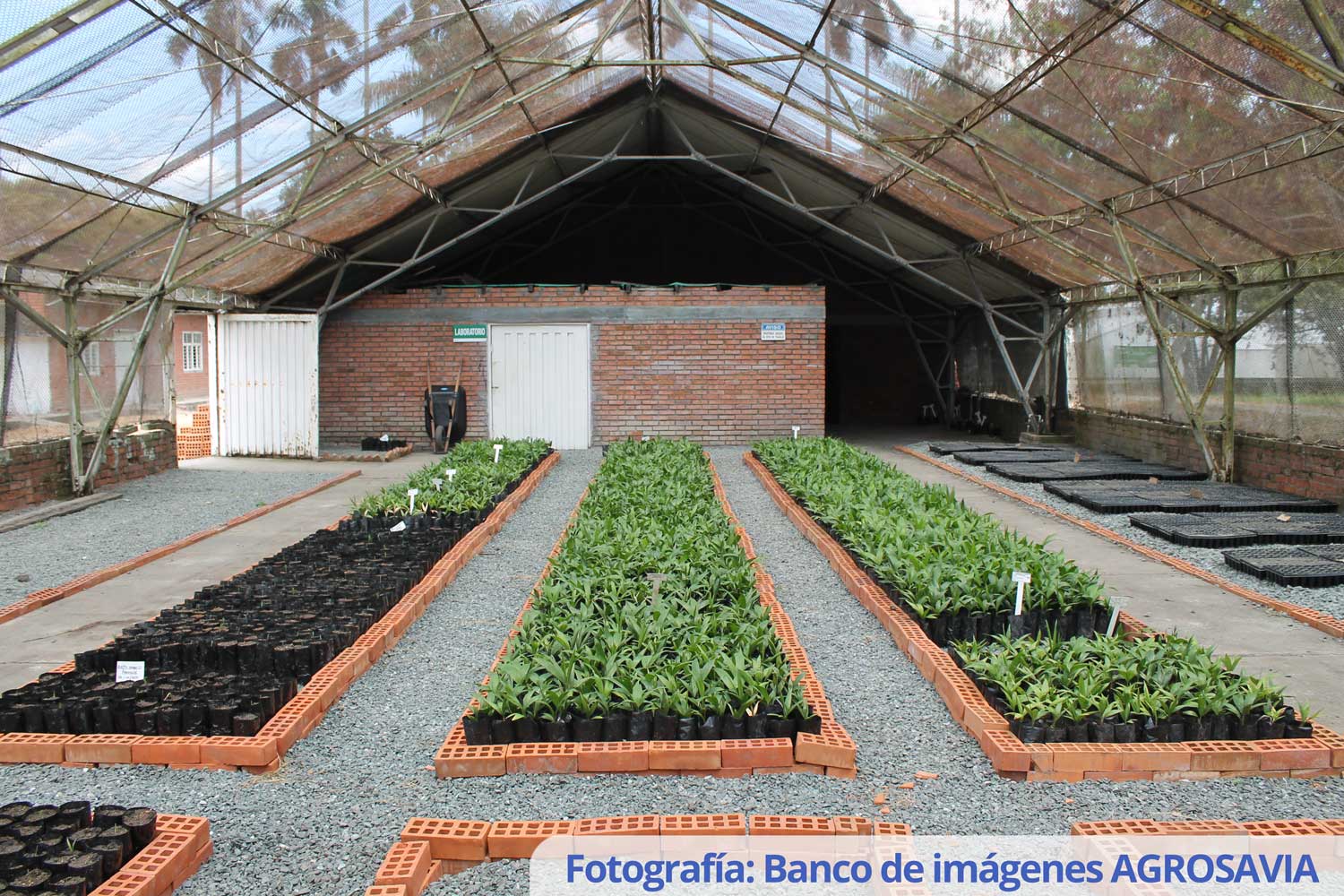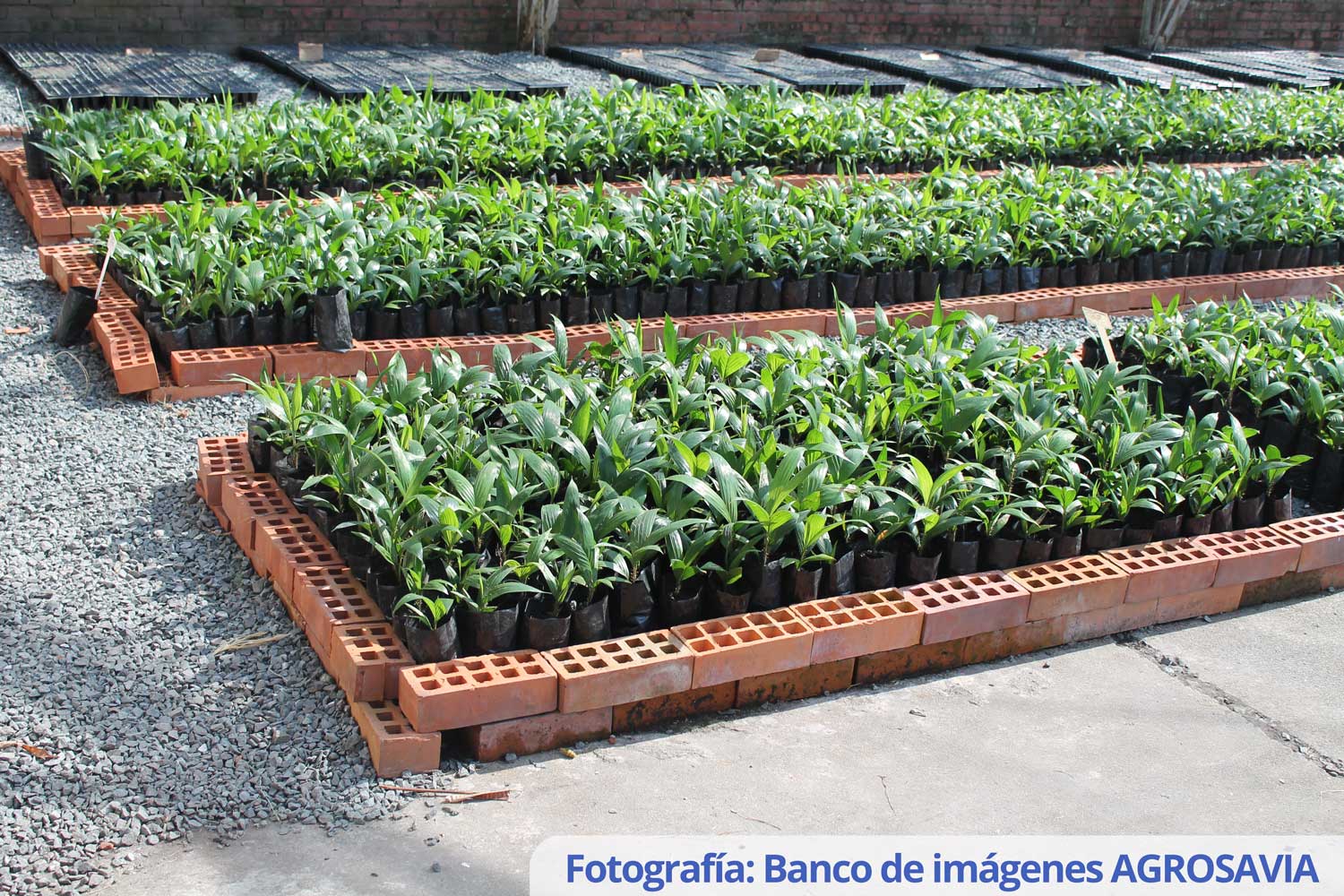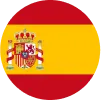Methodology for the renewal and new plantings of chontaduro plantations
Bactris gasipaes

- Thematic area:
- Technology transfer, technical assistance, and innovation
- Publication date:
- 2018
- Productive system:
- Chontaduro
- Geographic coverage:
-
Pacific Region
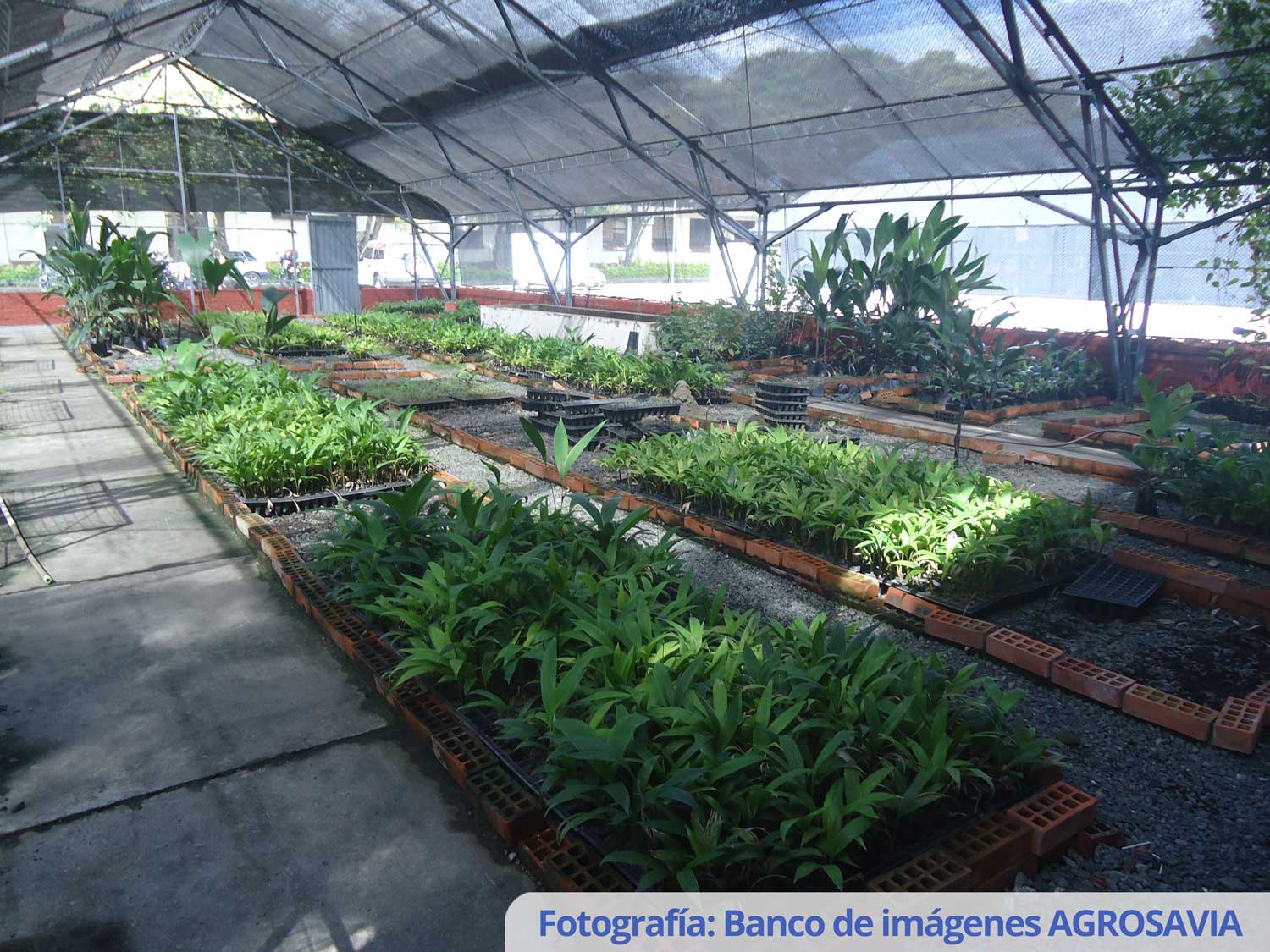
Description
This technology was generated and adapted to the conditions of the coastal zone and the foothills of the Pacific region of Colombia and is comprised of a series of techniques and practices developed by AGROSAVIA for the repopulation and planting of new plantations in regions affected by disturbances in local climatic conditions (changes in the intensity and distribution of rainfall), the incidence of pests, diseases or disorders such as lodging, which cause lethal effects on the palms in production and the consequent loss of fruit production.
This recommendation is low-cost and easy to implement by small producers in the Pacific region, allowing them to repopulate or rehabilitate their plantations for chontaduro fruit production or the establishment of new plantations. It also allows them to obtain their own plant material (seed) and healthy plants that meet optimal physiological and morphological characteristics.
In Colombia, there are no registered nurseries for producing chontaduro plant material, so AGROSAVIA is the only supplier endorsed by ICA to carry out this work. Therefore, with the use of the planting material production protocol, 90 % seed germination is achieved, minimizing expenses for the producer and obtaining material with homogeneous behavior in its development in pre-nursery and nursery stages, a reduction from four to two years in the planting time at the beginning of flowering and fruiting of the chontaduro palm in the field. Further, up to 60% of the fruits can be obtained at harvest time, classified as "large" with a better market price.
In addition, it promotes the conservation and regeneration of local genetic materials of chontaduro, with particular agroecological and nutritional characteristics. As well as the conservation of the soil, since chontaduro can be established in agroforestry or polyculture arrangements, increasing the soil cover, which reduces the risks of soil erosion due to the heavy rains typical of the Pacific and also contributes to the strengthening of the social fabric and the economic growth of the communities that depend on this crop.
This offer is recommended for chontaduro production areas in Chocó, Cauca, Nariño, Risaralda, and Valle del Cauca.
Associated publications
- Technical bulletin: Manejo técnico para el establecimiento de viveros de chontaduro (Bactris gasipaes Kunth) [Technical management for the establishment of chontaduro (Bactris gasipaes Kunth) nurseries].
- Booklet: Prácticas de manejo sostenible para el cultivo de chontaduro [Sustainable management practices for chontaduro cultivation].
- Brochure: El cultivo de chontaduro (Bactris gasipaes H.B.K.) [Chontaduro (Bactris gasipaes H.B.K.) cultivation].
- Manual: El cultivo de chontaduro (Bactris gasipaes H.B.K) para palmito con manejo agroforestal [Chontaduro (Bactris gasipaes H.B.K) cultivation for hearts of palm with agroforestry management].
- Manual: Manejo de viveros de chontaduro (Bactric gasipaes K) para la producción de palmito [Management of chontaduro (Bactric gasipaes K) nurseries for the production of hearts of palm].
- Book: El cultivo de chontaduro (Bactris gasipaes H.B.K.) para fruto y palmito [Chontaduro (Bactris gasipaes H.B.K.) cultivation for fruit and hearts of palm].
- Book: Propagación del chontaduro (Bactris gasipaes K.) [Chontaduro (Bactris gasipaes K.) propagation].
Image Gallery
